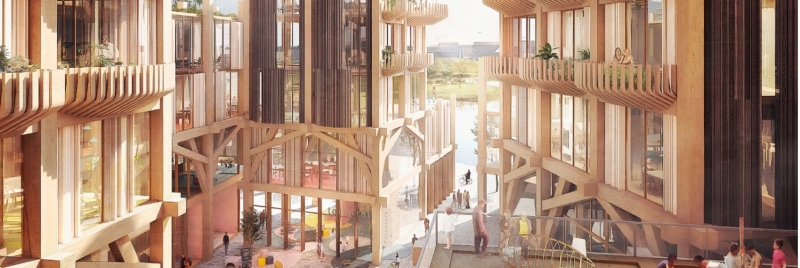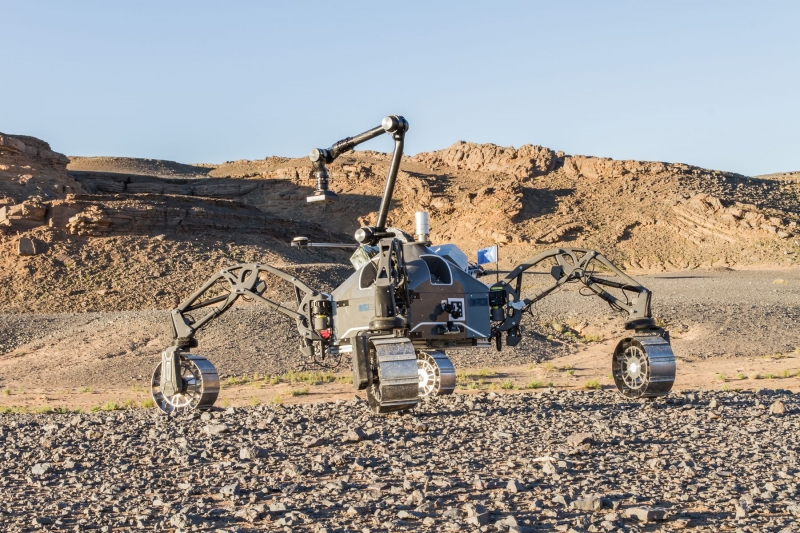Innovation
Just one kilometer east of downtown Toronto, the largest civil engineering project in North America is reshaping the course of the Don River, a major waterway.
“We’re extending the Don by about 2 kilometers,” says Cam Coleman, a communications director with the Canadian construction firm EllisDon. Once the project is complete, a canyon of caissons, drilled 40 to 80 meters into the bedrock and filled with concrete, will carry the river southward, through a largely vacant industrial area known as the Port Lands and out into Lake Ontario. The result will be a whole new set of neighborhoods -- 750 acres of waterfront property near the heart of a big city that is growing prodigiously.
The new area will fill up rapidly. Looking back toward downtown on a recent morning, Coleman pointed out a new island rising just opposite a fire-gutted warehouse on the docks. At the moment, it’s a pile of mud. But in a few years’ time -- if all goes according to one tech giant’s plan -- it will be the home of Google’s Canadian headquarters. It will also be the center of the most technologically advanced neighborhood in the world.
Revitalizing a waterfront, changing the course of a river, setting the rules by which neighborhoods operate -- these are things that government, not the private sector, has traditionally done. Government initially took the lead in reimagining Toronto’s waterfront, too. Back in 2001, the federal, provincial and local governments teamed up to create a new entity, Waterfront Toronto, charged with doing just that. The parks, trails and high-rise buildings rising along the harborfront today testify to that strategy’s success.
Read more...
Related Articles...
>>> City Hall of Toronto
>>> NY Times
Continue ReadingToronto, Ontario and Canadian governments contracted with Sidewalk Labs, a sister company of Google, to come up with a $50 million design for a dozen acres on the waterfront’s far eastern end.
The idea is to reimagine Toronto’s derelict waterfront as “the world’s first neighborhood built from the internet up,” as Sidewalk describes it.
The neighborhood, called Quayside, would leapfrog the usual slow walk of gentrification to build an entire zone, all at once, as a “smart city,” a sensor-enabled, highly wired metropolis that can run itself.
Read more...
>>> Google Smart City
>>> Toronto Sidewalk
Continue ReadingThe "explorer" robots that will investigate the surface of the planets will have the ability to make autonomous decisions. This is the ADE project - Autonomous Decision Making in very long traverses, funded for three million euros under the European Horizon 2020 program (SRC-Space robotics technologies) and researchers from the Applied Mechanics University of Salento led by professor Giulio Reina, researcher in Machine Applied Mechanics at the Department of Innovation Engineering.
Continue Reading



